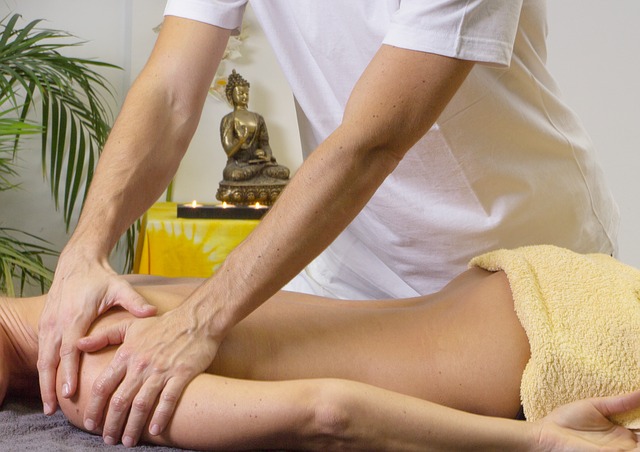Muscle discomfort may signify severe medical issues such as autoimmune disorders, influenza and thyroid problems; or it can simply be a result of injury, overuse or excess tension. There are any ways to relieve sore muscles.
Whatever the cause, sore muscles can impact many areas of our lives, decreasing productivity, triggering irritability and resulting in an overall negative state of mind.
It is important to address the issues and alleviate the pain but using too much over-the-counter medication can compromise heart health or damage your liver.
Prescription muscle relaxants and opioids can be even more dangerous due to the risk of abuse or addiction. There must be a better way! Indeed there are, and here are four of them.
Naturopathic Remedies
Weightlifters who experience delayed onset muscle soreness swear by dietary remedies. Tart cherry juice is high in an antioxidant that targets inflammation and aids in recovery.
Coffee and other caffeinated drinks contain compounds that alleviate pain, but because caffeine is a diuretic care must be taken to avoid dehydration.
For a proper balance of herb extracts, enzymes and antioxidants many people prefer natural pain relievers like heal-n-soothe pills.
Often, herbal treatments have proven beneficial in treating discomfort but don’t have the gastrointestinal side effects nor the potential negative consequences for the heart.
High quality natural supplements are a convenient way to ensure you get the purity and efficacy you need.
Heat & Ice
Muscle soreness can often be eased with ice or with heat; sometimes the greatest relief is gained by using both. Different situations call for different types of temperature therapy.
Cold treatment, usually an ice pack or cold compress, is useful to reduce inflammation of tissue surrounding the injured site and should be applied for short periods in the day or two after the injury occurs.
Heat, often a heating pad or hot water bottle, is effective for chronic pain or spasms and can be used whenever aches reappear. Alternating ice and heat is great for pain brought on by exercise or for aching joints due to arthritis.
Rest & Movement
Pain is your body’s way of indicating distress and most medical professionals advise listening to such signals. Don’t push through a workout or finish the workday if you are in agony.
A rest period of 24 to 48 hours is crucial for healing. Following a reasonable period of rest, reintroduce movement in the form of short bouts of lower intensity workouts.
Active recovery sessions include slow stationary cycling, swimming, unhurried walks of less than an hour and strength training using half your normal weight. Yoga is an excellent way to combine gentle movement with stretches.
Movement encourages drainage of lymphatic fluid and lactic acid which will reduce stiffness and inflammation. In the future, avoid sore muscles by including a brief cool-down period after strenuous activity.
Massage
Some studies show that muscles perform better after massage and that massage immediately after workouts can ward off pain that would otherwise occur a day or two later.
This may be in part due to increased blood circulation induced by massage. In fact, regular massage therapy has been shown beneficial in relieving chronic pain even for those who don’t do vigorous workouts.
If you have no massage therapists close by, or can’t afford the time and expense, you may get similar results with do-it-yourself techniques. Apply static pressure or rub muscles in a gentle circular motion until the area feels more supple and less rigid.
This obviously won’t relieve back strain but can be useful for legs, feet, neck and cranial relief. Another DIY solution involves using a foam roller, a device that looks like an oversized pool noodle but has nubs on the surface and a hard core for rigidity.
Known by sports trainers and physical therapists as an effective tool for post-workout recovery, the roller helps target specific muscle groups and release tension in adjoining connective tissue.
The increased blood flow helps muscles relax. Regular foam rolling can contribute to greater range of motion and improved performance on the playing field or on the job.
You can find much more information on living a holistic lifestyle in these free magazines and on our YouTube channel.

Bio: Paisley Hansen is an avid student of health and fitness and overall well-being. She has devoted herself to the field, loves acquiring new knowledge about anything related to health and fitness, and leads a very healthy lifestyle for her family to follow.
In recent years she has decided to share much of her knowledge in this field. When she isn’t writing she can usually be found reading a good book, outside with her family or at the gym.
Hometown: Bend, OR United States Occupation: Freelance writer Interests: Fitness, exercising, health, healthy eating, beauty, fashion, wellness, motherhood.






